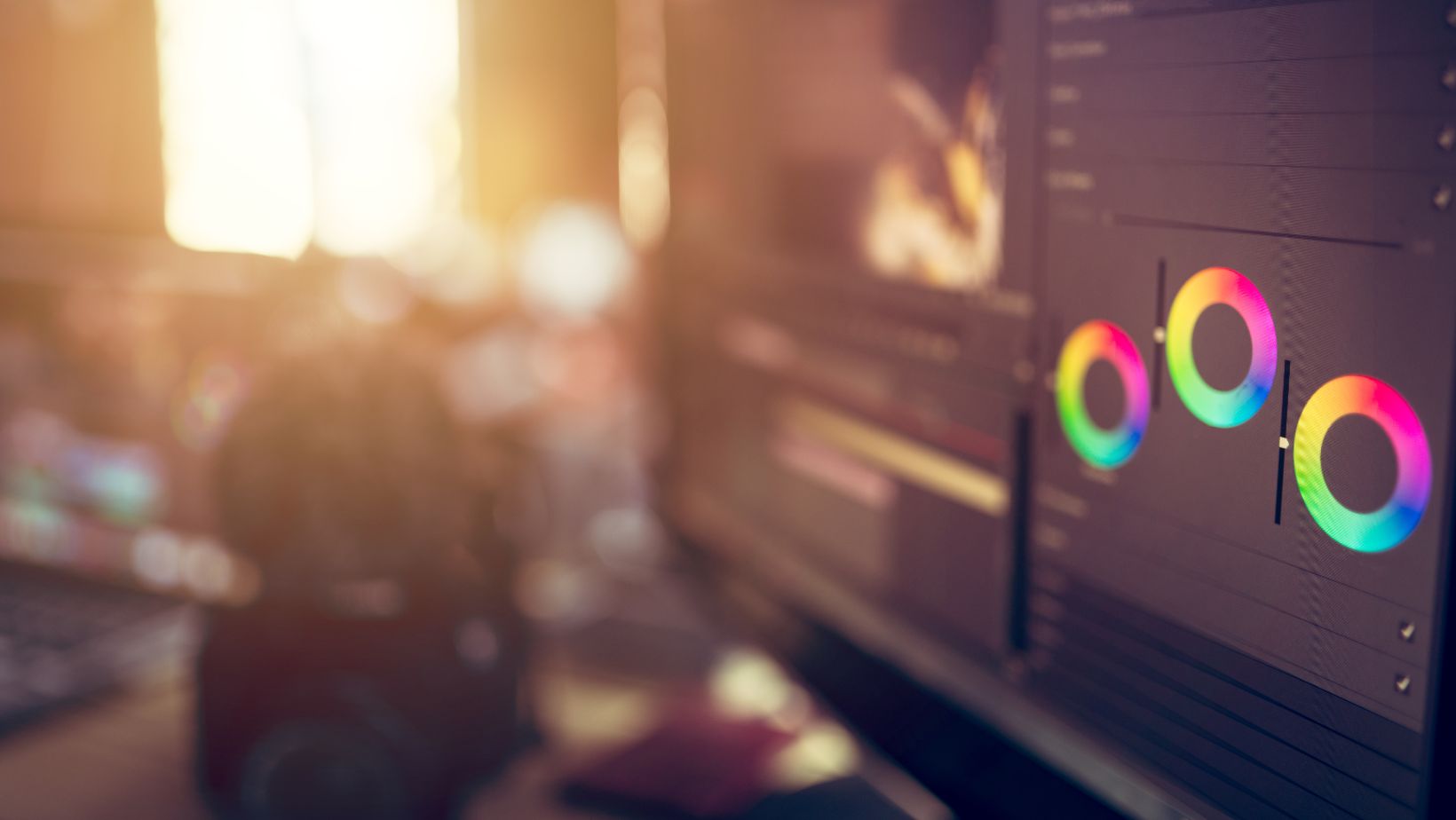Table of Contents
ToggleHow To Do Halftone in Illustrator
Looking to add some artistic flair to your designs in Adobe Illustrator? Halftone is a popular technique that can give your artwork a unique and eye-catching look. Whether you’re a graphic designer or an illustrator, learning how to create halftone effects in Illustrator can take your work to the next level. In this article, I’ll guide you through the process step by step, so you can master this technique and incorporate it into your own projects.
Halftone is a method of simulating shades of gray or color using patterns of dots. It was originally developed for print media but has since become widely used in digital design as well. With Illustrator’s powerful tools and features, you can easily create intricate halftone patterns that add depth, texture, and visual interest to your artwork. By understanding the fundamental principles behind halftoning and mastering the necessary techniques, you’ll have the freedom to experiment with various styles and achieve stunning results.
In this comprehensive guide, I’ll show you different methods for creating halftones in Illustrator. From basic dot patterns to more complex gradients and shapes, we’ll explore various approaches that will inspire your creativity. Whether you’re designing logos, posters, or illustrations, knowing how to do halftone in Illustrator will open up endless possibilities for enhancing your artistry. So let’s dive in and unlock the secrets of this versatile technique together!

What is Halftone?
Halftone is a technique commonly used in graphic design and printing to simulate continuous tone images using dots of varying sizes or densities. It allows for the creation of gradient-like effects and the reproduction of photographs, illustrations, and other complex images using only a limited number of ink colors.
The concept behind halftone is based on the human visual system’s ability to perceive tones and shades by interpreting patterns of light and dark. By breaking down an image into a series of small dots, each with its own size or density, halftone creates the illusion of different shades when viewed from a distance.
In traditional print media, halftones were produced by photographically capturing an image through a special screen that contained tiny dots. These dots would vary in size or spacing depending on the desired effect. Nowadays, with digital tools like Adobe Illustrator, creating halftones has become much more accessible and customizable.
Halftoning finds applications in various fields such as newspaper printing, commercial packaging design, comic book illustration, and even textile printing. Its versatility lies in its ability to reproduce high-quality images without requiring multiple plates or color separations.
Understanding how halftone works can greatly enhance your design skills and give you more creative options when working with illustrations or photographs. Whether you’re aiming for a vintage look or simply want to add depth and texture to your artwork, mastering the art of halftone will open up new possibilities for visually captivating designs.
So now that we have demystified what halftone is all about let’s dive deeper into how you can create stunning halftones using Adobe Illustrator!
Understanding Halftone in Illustrator
Halftone is a popular technique used in graphic design and illustration to create the illusion of shading and gradients using dots. It’s a versatile tool that can add depth, texture, and dimension to your artwork. In this section, we’ll delve into the world of halftone in Illustrator and understand how to use it effectively.
To begin with, let’s explore the concept of halftone. Essentially, halftone breaks down continuous tones into a series of small dots or patterns. These dots vary in size and density to create the perception of different shades or colors. By adjusting the dot size and spacing, you can control the level of detail and smoothness in your halftone effect.
One key advantage of using halftone in Illustrator is its scalability. Whether you’re working on a small icon or a large poster, you can easily adjust the dot size without compromising the quality or clarity of your artwork. This flexibility allows for seamless integration across various mediums and sizes.
In conclusion, understanding how to utilize halftones effectively in Adobe Illustrator opens up endless possibilities for creating visually striking graphics with depth and dimension. By mastering this technique alongside other tools within Illustrator’s arsenal, you’ll be well-equipped to bring your creative vision to life.






